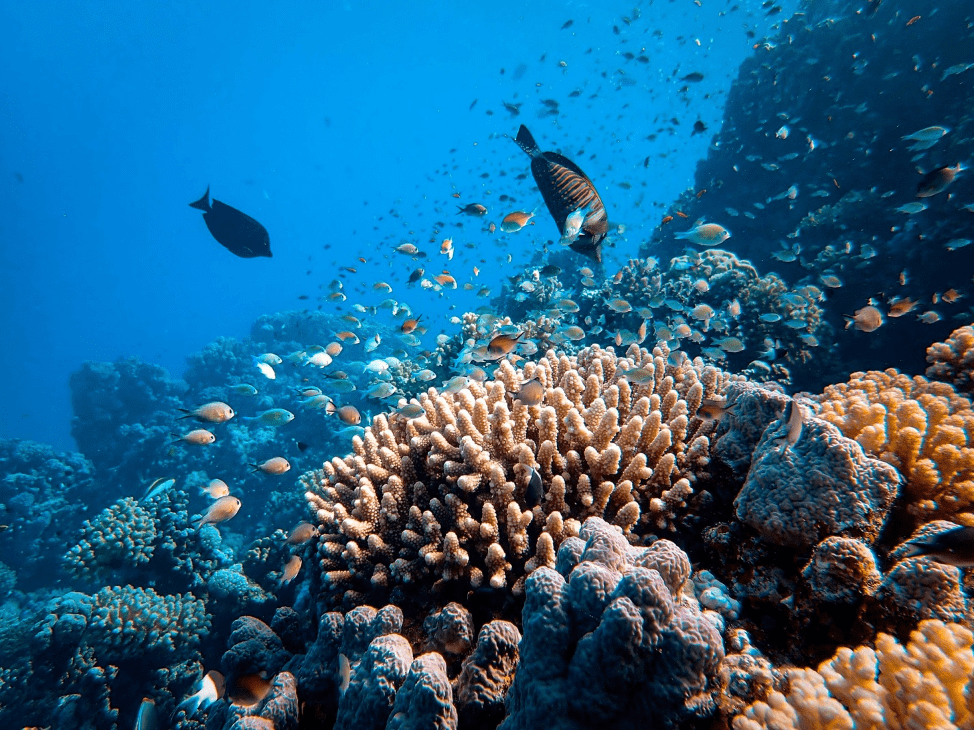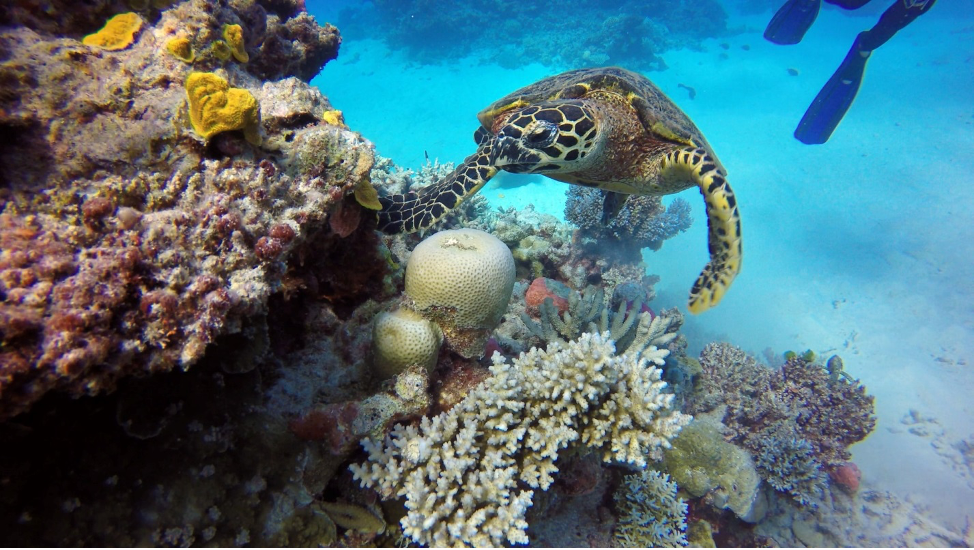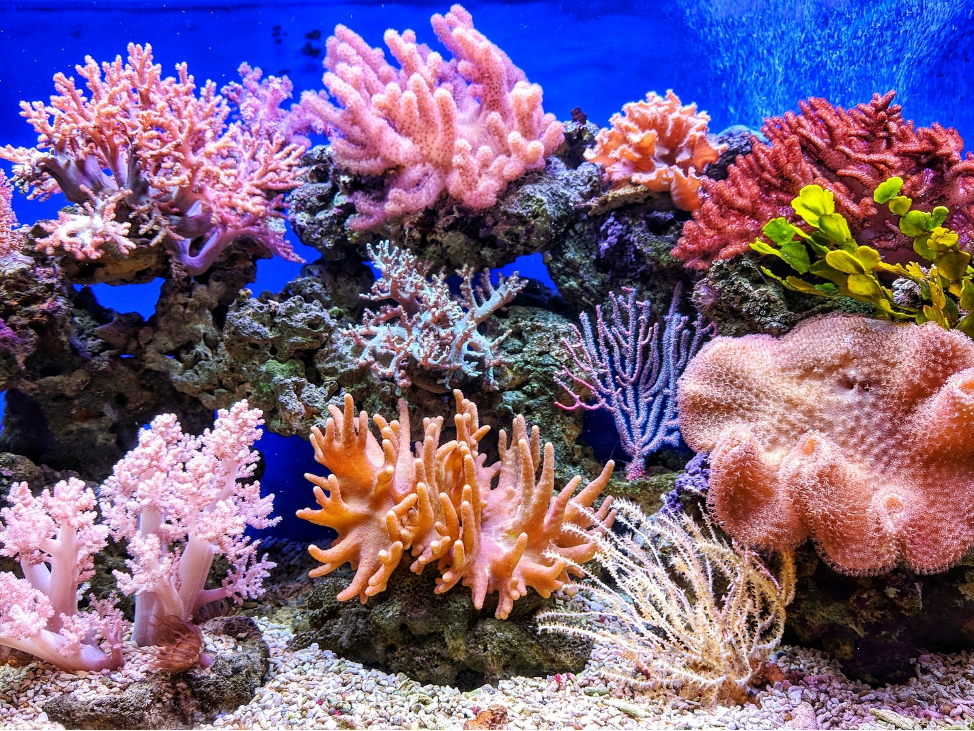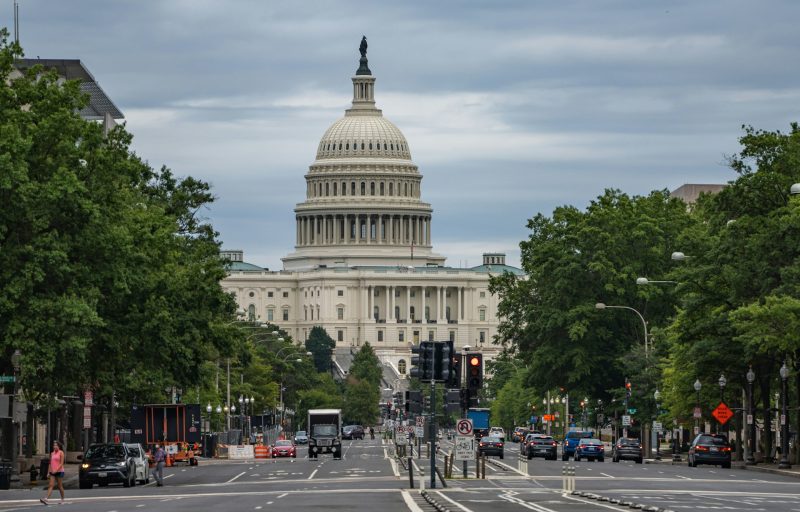Stretching for over 2300 kilometers, comprising over 900 islands and 2,900 individual reefs, the world’s largest coral reef system, Australia’s Great Barrier Reef is in danger. Once renowned for its water clarity and gorgeous corals, it became one of UNESCO’s World Heritage Sites in 1981.

Unsplash | Once renowned for its “outstanding universal value” and now exploited for commercial gain
What’s Happening to the Reef?
The World Wildlife Foundation states that the Reef is highly vulnerable. Coral bleaching is a growing effect of global warming on the reef, deadly starfish outbreaks continue to skyrocket due to pollution, and half of the coral cover is lost, all in the span of just 3 decades. The urgency of preservation is greater than ever, as made clear many times by the WWF. But, is anyone even listening?
While many Reef creatures such as loggerheads, green sea turtles, and dugongs made appearances in the U.S Endangered Species Act, not once did anyone think that the entire Reef might one day be endangered as well. With its rare seagrass habitat and incredible wildlife now compromised, the vast reef is at risk. But, not how you might think.

Unsplash | Death count of green sea turtles continues to rise due to chemicals and pollutants in the water
Enter, The US Government
The US Export-Import Bank has just approved a $5 billion loan for Queensland, Australia, to receive two massive liquefied natural gas plants. The entity finances development projects all over the globe, and the fund for this latest construction has just been approved. What's left to experience is increased tanker traffic across the Reef by 13% and eliminating the seagrass habitat since the facilities are to be constructed within the Reef's boundaries. Already, we're seeing a 20-mile sediment plume owing to the dumping and dredging occurring for these facilities, and it's edging ever close to the Reef's world-renowned dive spots and corals.
Additionally, what was already endangered is now closing in on extinction since sea turtles and dugong stranding skyrockets. Neither are local fishermen getting any catches owing to the contaminated water. Only largescale Big Oil proponents are profiting off of this destruction: Sinopec, the Chinese state-run oil company, and ConocoPhillips.

Unsplash | Almost half the corals are already wiped off – how much more will be lost?
What’s with the Silence?
Despite there being iron-clad US environmental laws like the National Historic Preservation Act and Endangered Species Act, these controversial fossil fuel projects were funded by the US Export-Import Bank. What makes it worse is that every project undergoes careful evaluation by US agencies before funds are released, regardless of its location.
This is your chance to speak up and protest against this inhumane project. Start supporting the organizations protecting the Great Barrier Reef today!


